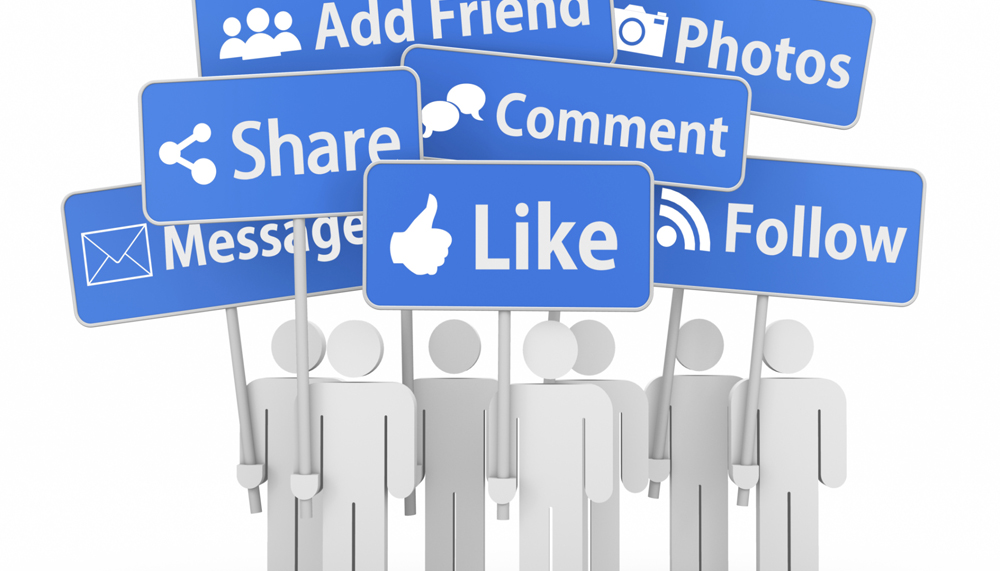Social media has a big role to play in the nursing industry, but first nurses must be educated on how to best use it and avoid the pitfalls that come with it.
How can you perform multifaceted communication with the click of a button, make and keep lifelong professional contacts, enhance connections with patients, and access a multitude of healthcare information?
You make use of a phenomenon that has hit society faster than an optic fibre broadband connection – social media. We are in the midst of the evolution of human communication. Social media is the subject on the tip of everyone’s tongues right now or, at least, on the tip of their tweets.
Global communication and information-sharing is flourishing in 2013 with the rapid emergence of social media.
In recent years, social media tools have found a place in the nursing tool belt, albeit not very comfortably, it seems. Many professionals are apprehensive about using social media in a nursing workplace, and rightly so.
Social media’s sudden appearance on the communication landscape has led to many teething problems: patient confidentiality leaks, online professional misconduct and breaches of employer policies.
The nursing profession is at a crossroads with social media; we must learn to use it constructively or we put at risk the very principles of trust, dignity, accuracy, impartiality and honesty on which nursing is built.
Change can be confronting but nurses are very good at dealing with it. Think about it. We constantly monitor our patients for change and, if a risky alteration occurs, we take action to bring them back to stability. Surely we could utilise this almost uncanny ability to react to change and administer a stat IV infusion of social media to the nursing profession. Social media is a reality of contemporary communication and we must accept this fact before we can deal with it in a future-forward manner.
Nursing needs to remain relevant and keep step with changing communication patterns by solving these social media teething issues and constructively using the incredible tools it provides to us.
We could create a profoundly connected health-care system by better utilising social media tools in nursing. Linked in communication has the potential to improve equity and access to health care – an objective of this year’s International Council of Nurses (ICN) quadrennial congress held in Melbourne. I attended this congress and gave a presentation on the topic of integrating social media into the nursing process. The topic stirred much debate both for and against the use of social media in nursing.
Overall, my impression was that people were excited about the benefits social media could bring.
Nevertheless, a strong sense of fear existed with regard to the risks its use can pose; people are afraid because they might get into trouble. So, how do we stop people from getting into trouble?
Victor Hugo once said, “he who opens a school door, closes a prison”. How do we open the school door to social media in nursing education?
During the ICN congress, I asked many fellow students about social media education. To my surprise, the vast majority informed me they had received no such education about social media use, yet most nursing courses include a “communication in nursing” unit.
Since social media is such an immense part of modern-day communication, should it not be incorporated into these units? If students are able to get a strong dose of professional social media guidelines early in their careers, the foundations for its correct use will be laid for the future of the nursing profession.
A number of steps are being taken at the moment to develop guidelines for the use of social media in the health industry. The Australian Health Practitioner Regulatory Agency (AHPRA) has published a consultation paper recently asking the public to contribute to the development of a new set of guidelines.
This is exciting, as by taking public opinion into account, AHPRA’s guidelines could not only provide direction, but may also stabilise social media-based anxiety. Furthermore, word on the ward is that the ICN is also creating a set of guidelines, which will provide an internationally relevant code of conduct for social media use. Such an elixir will allow us to move forward and plan how to better utilise this tool.
The benefits that social media can provide to nursing are numerous, but so are the risks. This infusion of change must be piggybacked with optimism and prudence. Thankfully, nurses are good at this and I am eager to see social media, not just on the tips of people’s tongues, but also on the wards. It is time to click the “like” button and “status update” nursing into the future.
Evan Casella is a second-year nursing student at James Cook University.
Do you have an idea for a story?Email [email protected]
 Aged Care Insite Australia's number one aged care news source
Aged Care Insite Australia's number one aged care news source

